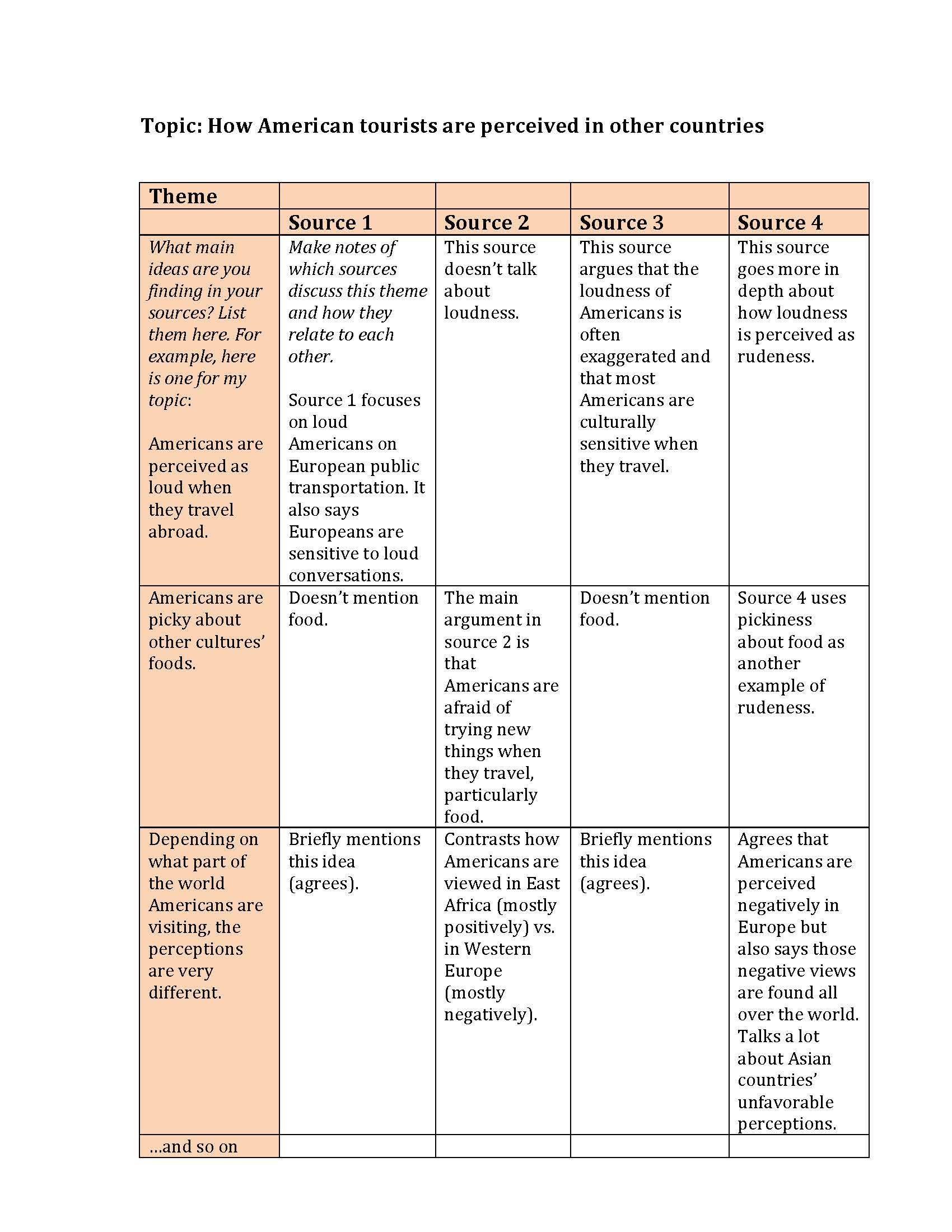The Literature Review
What is a literature review?
When we hear the word "literature," we often think of great classic novels or poetry, but in this case "literature" refers to the body of work you consulted in order to make a conclusive recommendation about an issue. In other words, a literature review is a synthesis (more on synthesis below) of many articles and other published materials on a certain research topic. Depending on the field, the literature review might be a stand-alone piece or part of a larger research article.
Why write one?
By writing a literature review, you are entering into an academic conversation about an issue. You need to show that you understand what research has already been done in your field and how your own research fits into it.
Questions Your Literature Review Might Address
1. What do we already know in the immediate area concerned?
2. What are the characteristics/traits of the key concepts or the main factors or variables?
3. What are the relationships between these key concepts, factors or variables?
4. What are the existing theories?
5. Where are the inconsistencies or other shortcomings in our knowledge and understanding?
6. What views need to be (further) tested?
7. What evidence is lacking, inconclusive, contradictory or too limited?
8. What research designs or methods seem unsatisfactory?
9. How does this research provide context for my own work?
Synthesis
Synthesis involves but goes beyond summary. Rather than simply summarizing sources (as an annotated bibliography does), synthesis also does the following:
- shows the relationships between sources (how are they similar or different, how do they build off one another, where are the gaps)
- shows how sources relate to your own work (provides the context for your research)
- sometimes evaluates the methods or conclusions of sources
Synthesis literally means to bring together, to combine separate elements to make a cohesive whole. Here are some analogies to help with the concept of synthesis:
Web:
Each main idea is a thread that forms a web (synthesis).

Credit: https://www.flickr.com/photos/pcapemax2007/8711542470
Chords:
Each main idea is an individual note. They come together to make a unified sound (synthesis).

Architecture:
Each main idea is an element of architecture: a shape, a material, a color. All of the elements come together to form a coherent look (synthesis).

Tips for Writing a Literature Review
Remember your purpose.
Keeping your own research question or goals in mind as you read will help you decide which sources to include in your review and which ones to briefly mention or leave out entirely.
Know and organize your sources.
Use a free citation manager to keep track of and categorize articles in library databases. Use different colors to highlight different "threads" or "notes" (main ideas) of your sources. Take lots of notes.
Look for threads patiently.
Be patient with yourself during this process. It will take time to read, reread, annotate, and start to see connections beween sources.
Use transition phrases that indicate synthesis.
Language is your key to showing connections between ideas on paper. Consider using transition phrases like the following, or borrow phrasing that you like from other articles. (It's not plagiarism to use common phrases.)
A more recent study by…
Newer research proves…
What remains currently unknown…
The brunt of the research suggests…
Though similar to Jones’ contention, Smith’s contention is more severe…
Organize your review like a funnel.
Start by addressing the larger context of the issue at hand. Gradually work to the more specific aspects you will be looking at. Finally, narrow into your own project and research.
Read plenty of sample literature reviews in your field.
Literature reviews vary in purpose and format from field to field, so use published literature review articles in your discipline as models. You can find a few annotated samples on this page.
Tips for Organizing Your Sources
Here's a chart to help you think through and takes notes about the connections between your sources:
